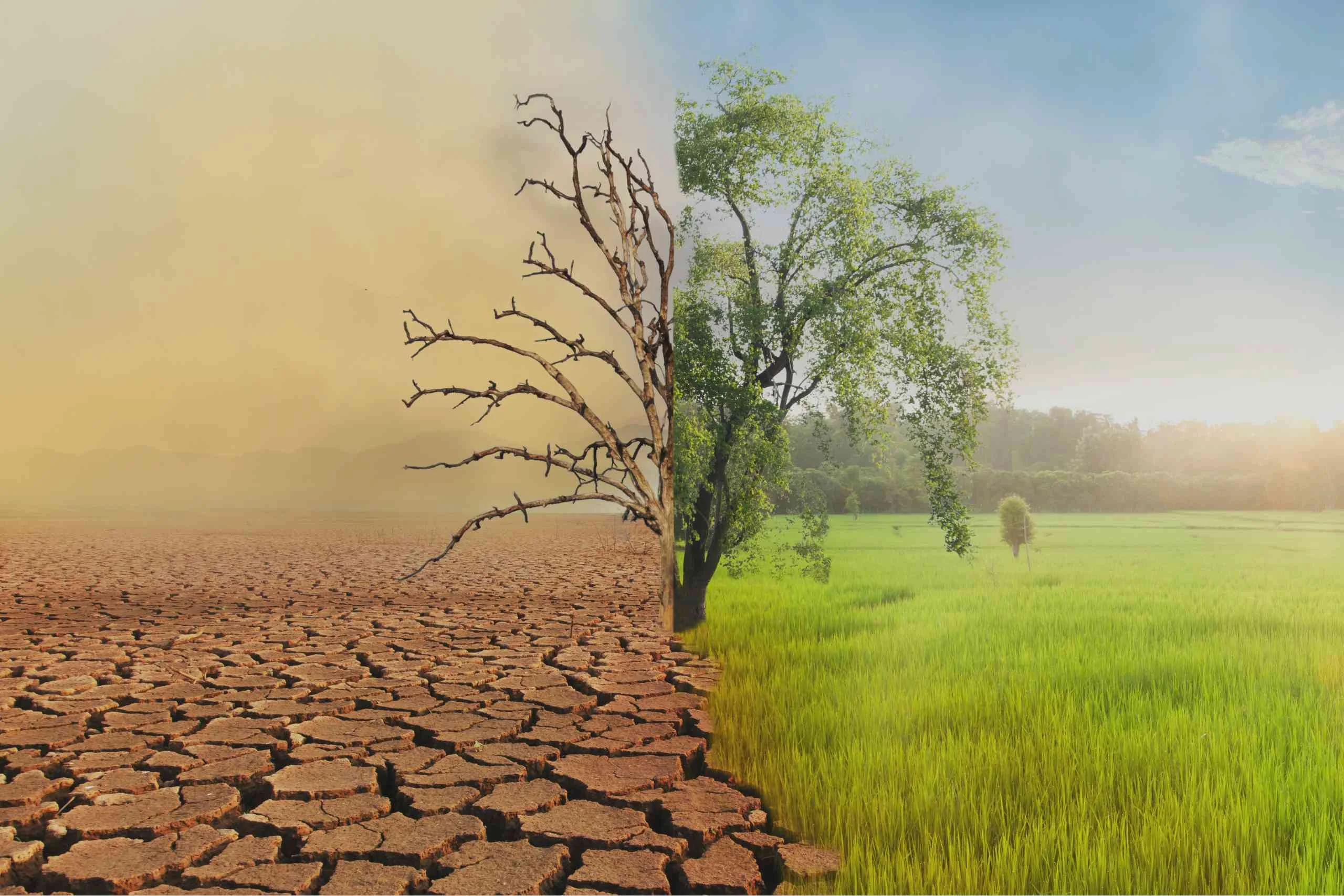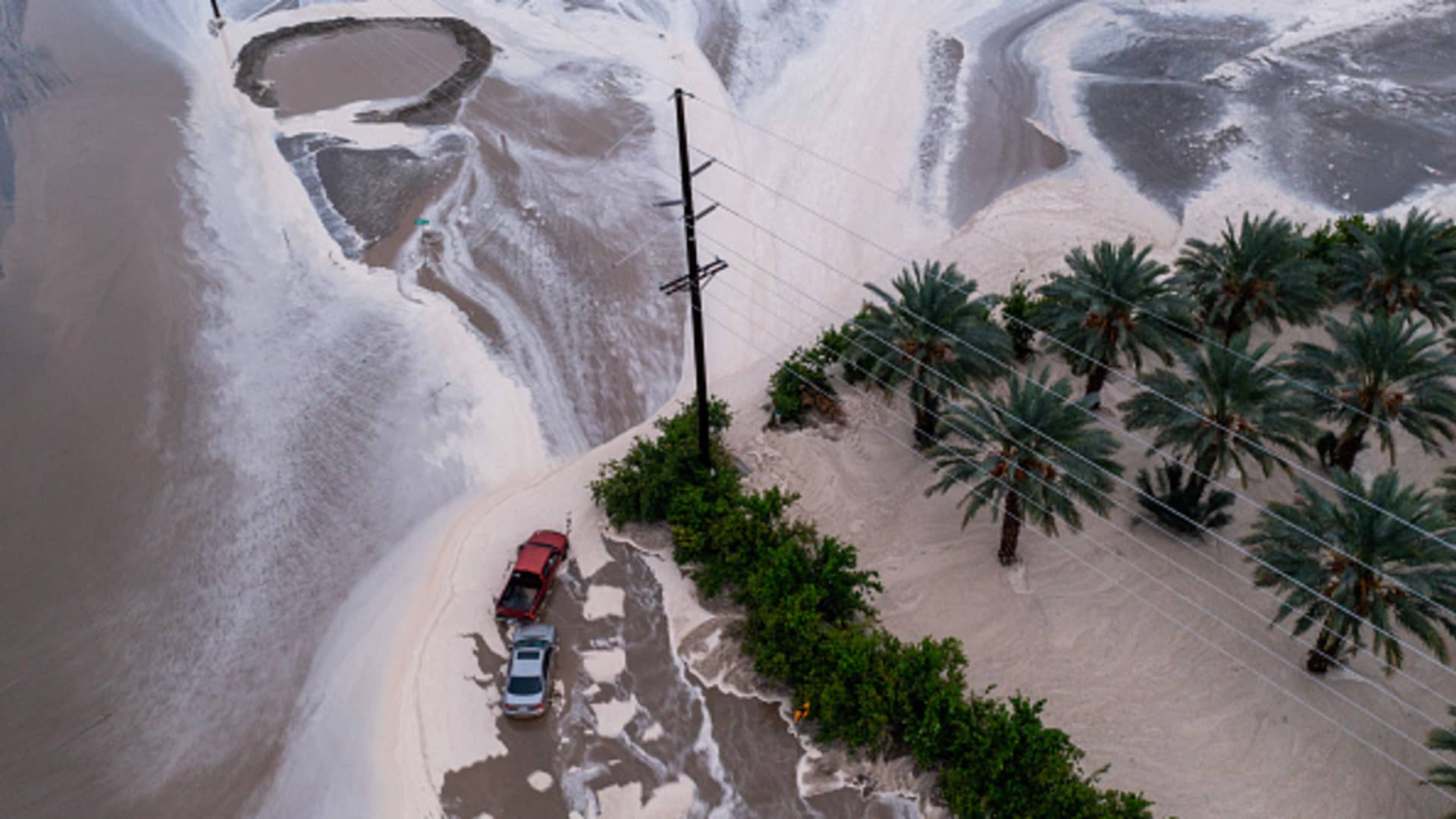The Impact of Climate Change on Global Agriculture: What You Need to Know
Climate change significantly disrupts global agriculture. It affects crop yields, pest prevalence, and water availability.
Global agriculture faces unprecedented challenges due to climate change. Rising temperatures, erratic weather patterns, and increased CO2 levels alter growing conditions for crops. Farmers struggle with unpredictable rainfall and prolonged droughts, impacting food production. Pest infestations and diseases become more common, exacerbating crop losses.
Water scarcity hinders irrigation, reducing yields further. Small-scale farmers in developing countries suffer the most, lacking resources to adapt. Innovations in sustainable farming practices and climate-resilient crops are crucial. Policymakers, researchers, and farmers must collaborate to mitigate these impacts. Addressing climate change’s effects on agriculture ensures food security and supports global livelihoods.
Changing Weather Patterns
Increased temperatures affect crop growth. Some plants may wither under heat. Farmers might see lower yields. More pests can survive in warm climates. This causes more crop damage. Heat can also dry out the soil. This makes it hard for plants to get enough water.
Rain patterns are changing. Some areas get too much rain. This leads to floods. Other areas get too little rain. This causes droughts. Both floods and droughts harm crops. Farmers must find new ways to irrigate. Water shortages are becoming more common. This makes farming more challenging.
Crop Yield Impacts
Climate change significantly alters crop yields worldwide, affecting food security and agricultural productivity. Rising temperatures and unpredictable weather patterns challenge farmers globally.
Reduced Productivity
Rising temperatures can harm crops. Extreme weather can destroy fields. Droughts make water scarce. This reduces the productivity of farms. Farmers may grow less food. Prices might increase for everyone. Food shortages could become common.
Pest And Disease Spread
Warmer climates help pests thrive. Insects can damage crops faster. Diseases spread quickly in warm weather. This can ruin entire fields. Farmers need more chemicals to protect plants. This can be harmful to the environment.
Soil Health
Climate change increases soil erosion. Heavy rains wash away the topsoil. Strong winds can blow soil away too. Loss of topsoil harms crops. Plants need healthy soil to grow well. Erosion makes land less fertile. Farmers may lose their crops and income. Protecting soil is very important.
Climate change affects soil nutrients. Intense weather can wash away nutrients. Soil becomes less rich in minerals. Plants need these nutrients to stay healthy. Without them, crops grow weaker. Farmers may need to use more fertilizers. This can harm the environment. Keeping soil healthy is key for good farming.
Water Resources
Climate change significantly affects global agriculture by altering water resources. Farmers face unpredictable rainfall patterns and increased droughts. Efficient water management becomes crucial to sustain crop yields and food security.
Irrigation Challenges
Climate change affects water availability. Farmers face irrigation challenges. Water sources are drying up. Crops need more water to grow. This increases costs for farmers.
New irrigation methods are needed. Drip irrigation can save water. Rainwater harvesting is also helpful. These methods require investment. Small farmers may struggle to afford them.
Drought And Flood Risks
Droughts are becoming more common. Crops can’t grow without water. Farmers lose their harvest. Families face food shortages.
Floods are also a problem. Heavy rains destroy crops. Soil erosion happens. This damages farmland. Farmers need to rebuild their fields. Floods and droughts make farming uncertain. Crop insurance can help. Governments need to support farmers.
Livestock Effects
Heat stress makes animals uncomfortable. They eat less and produce less milk. Their growth slows down. Animals also get sick more often. This happens because their bodies can’t cool down. Farmers must spend more on cooling systems. This increases the cost of raising livestock. Heat stress can also lower birth rates in animals.
Climate change affects crop growth. This means less food for animals. Droughts and floods destroy crops. Farmers have to buy feed from far away. This makes feed more expensive. Animals get less nutrition, which affects their health. Poor feed quality leads to less meat and milk production. Farmers struggle to keep their livestock healthy.
Economic Consequences
Climate change significantly disrupts global agriculture, affecting crop yields and food security. Extreme weather patterns lead to increased costs and economic instability for farmers worldwide.
Farmer Livelihoods
Climate change affects crops and livestock. Many farmers see their income drop. Droughts and floods ruin fields and kill animals. Farmers struggle to survive. They often need to find new jobs. Many farmers leave their land.
Market Volatility
Extreme weather makes food prices unstable. Droughts cause low crop yields. Food becomes scarce. Prices go up. Floods can also damage harvests. This makes food prices unpredictable. Consumers and farmers suffer. Planning becomes hard for everyone.
Adaptation Strategies
Farmers use crop rotation to keep soil healthy. This helps crops grow better. Another practice is conservation tillage. It reduces soil erosion and keeps the soil moist. Planting cover crops also helps. These plants protect the soil between main crops. Organic farming avoids harmful chemicals. It uses natural ways to fight pests. This keeps the environment safe.
Smart irrigation systems save water. They give plants just the right amount. Drones help farmers monitor their fields. They spot problems early. Sensor technology tracks soil health. This helps farmers know what the soil needs. Genetic modification makes crops stronger. These crops can survive harsh weather. Vertical farming uses less space. It allows farming in cities.
Global Cooperation
Many countries work together to create policy initiatives. These policies help reduce the effects of climate change. They also promote sustainable farming practices. Governments encourage the use of renewable energy in agriculture. Farmers receive incentives to adopt eco-friendly methods. These initiatives aim to protect crops from climate risks. They also help in boosting food security worldwide.
International aid plays a crucial role in supporting farmers. Aid provides resources for climate-resilient seeds and farming equipment. It also funds training programs for farmers. These programs teach sustainable practices. Countries share knowledge through global partnerships. This helps in spreading innovative solutions. Aid ensures that small-scale farmers can adapt to climate changes. This support is vital for maintaining global food supplies.
Climate change significantly affects global agriculture. Farmers must adopt sustainable practices to ensure food security. Understanding these impacts helps in making informed decisions. By supporting eco-friendly initiatives, we can combat climate change. Our collective efforts will secure a stable future for agriculture and food production.







